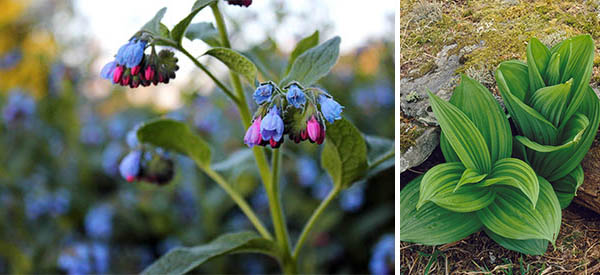
7 Backyard Poisonous Plants That You Can Use as Medicine
Some backyard plants can be deadly if eaten, causing serious harm or even death. Certain plant compounds also interfere with medications, and some pose risks during pregnancy. Handling poisonous plants without proper knowledge and caution can be dangerous.
Still, when prepared correctly, some toxic plants offer medicinal benefits. Herbalists deeply understand plant properties and can provide essential guidance on safe use.
Scientific studies on these plants remain limited. In most cases, when researchers find a poisonous plant beneficial, they extract specific compounds in a controlled lab setting to remove toxic elements. You can’t replicate that process at home.
So, while grabbing foxglove from the garden to make heart medicine isn’t an option, a few poisonous plants can be safely prepared for medicinal use.
#1. Flax
Common flax (Linum usitstissimum) was once a widespread crop that was harvested for its seed. Most people would be familiar with flax seed. It is a common food source all over the world, which makes it even more surprising to hear that it’s actually toxic.
Unripe seeds and plant materials have cyanogenic glycosides, which in a nutshell, turn into cyanide when crushed. Luckily, most of these compounds are actually found in the seed coating or husk, so once the seeds have been separated from the chaff, they are safer to eat in moderation.
And you should eat them! There are numerous benefits from eating flax seed. Research has shown that they are a good source of anti-oxidants, which therefore helps with inflammation. They’re also high in fiber so can help fight high cholesterol, obesity and colon cancer.
#2. Feverfew
Feverfew (Tanacetum parthenium) has the ability to lessen the intensity, frequency and duration of migraines. It’s reasonably well documented and there are studies to support this.
They look very similar to chamomile, but feverfew is not an herb you can lazily pluck and eat, so you certainly don’t want to get the two plants mixed up.
Chewing the fresh leaves of feverfew can cause swelling and blistering around the mouth, which is why it’s always advised to process feverfew before ingesting. There are three easy ways to do this:
- Brewing it like a tea
- Drying and grinding it up into a powder
- Soaking it in alcohol to make a tincture.
If you’re allergic to plants in the daisy family, such as ragweed, marigolds or chrysanthemums, then this is definitely not the kind of plant you want to use to treat your migraines.
Related: 10 Teas That should Always be In Your Cupboard
#3. Comfrey
Comfrey (Symphytum officinale) contains alkaloids that might cause liver damage if eaten raw in large doses.
Most people either drink it as a weak tea, or topically (as a poultice or ointment) to treat bruising, inflammation, sprains, back aches and osteoarthritis, although small doses of the toxins can be absorbed through the skin, so it’s not recommended to use on a long-term basis, and don’t apply on broken skin.
Studies have found the potency of the plant depends on numerous factors, but some ways to reduce or eliminate the toxicity of comfrey include:
- Harvest the leaves in the peak growing season during summer.
- Pick older leaves instead of fresh new ones.
- Dry out the leaves before drinking as a tea or eating.
- Avoid using the root, which has the highest concentration of alkaloids.
For these reasons, it’s the perfect plant to grow yourself so that you have control over the quality.
#4. Aloe Vera
Aloe vera (Aloe barbadensis) is definitely a plant every garden should have, although the white latex layer between the skin and the gel is poisonous when eaten, and can irritate the skin in some cases. Once the latex has been washed off, then both the gel and skin can be eaten raw.
Its uses are well known and documented. It’s best applied topically for numerous skin conditions, and it’s usually just a matter of breaking a piece off the plant and applying it. This simple plant can provide so many types of relief:
- Healing wounds quicker
- Treating acne
- Sun protection, as well as treatment for soothing sunburn
- Anti-inflammatory, which makes it great for alleviating insect bites
- Reducing itching in many skin conditions
- Managing diabetes by decreasing blood sugar levels.
#5. Poppies
Poppies are another common poisonous plant you will find in many gardens. All 22 species of poppy have some degree of toxicity, but some of the milder varieties are still used as herbal remedies for helping with insomnia, stress and pain relief.
All parts of the plant are poisonous when still green and raw due to the white, milky sap present. Therefore, do NOT eat unprepared poppies. The toxicity is decreased by waiting for the poppy to completely dry out and turn brown, since it is less affected by the toxic sap at this stage. This is the best (and safest) time to harvest the seeds for replanting or eating.
The most popular poppy to use medicinally is the California poppy (Eschscholzia californica). However, this is definitely a plant that you have to grow yourself since it is illegal to harvest from the wild.
A single, fresh poppy plant (leaves, stem, flower and seed pod) can be used to make a tincture – simply chop up the plant, shove it into a jar, fill with alcohol and shake. Six weeks later you can strain it and use it.
Like all home-made products, you should always test it in low doses first (a few drops at a time), and use it sparingly.
#6. Rhubarb
Another common plant in the vegie patch that is poisonous is rhubarb. The leaves are very poisonous, but fortunately the stalks are fine to eat, even raw (if you don’t mind the tart flavor).
The leaves are toxic due to their high content of oxalic acid, which results in kidney problems and possibly death. Just 25 grams of oxalic acid is enough to be fatal. But on the other hand, the leaves have been reported to make a good insecticide, particularly against herbivores.
The multitude of health benefits that rhubarb (stems and roots) claims is backed by some sound research:
- Cream containing rhubarb and sage was found to be as effective as over-the-counter creams for cold sores.
- When used like a mouth wash, it sped up the time it took for canker sores to heal.
- An extract of rhubarb was found to reduce the symptoms of menopause.
- The high fiber content can assist with lowering cholesterol.
The list goes on!
#7. False Hellebore
False hellebore (Veratrum sp.) is last on the list because it’s probably the most hazardous.
One traditional way to minimize the risk of poisoning is to harvest the roots in fall, after the leaves have died back, and then dry them in order to make a weak tea for hypertension, decreasing your heart rate and lowering blood pressure.
For a long time, it was approved to treat these 3 conditions, but the toxicity of the plant has meant it has been superseded by a refined extract instead.
Therefore, this is a plant that you should be very wary of, and if you choose to use it, then it should be sparingly and in micro doses (0.02g – 0.1g). It has adverse interactions with a number of prescription medication, and numerous poisonings have been reported.
There are 10 species of false hellebore and some are classed as rare and endangered. The good news, is that you can buy the threatened California Hellebore from native nurseries and help perpetuate the specie.
Diligent research is a must if you want to use any of the poisonous plants listed above.
You may also like:
 How To Properly Dry Plants for Medicine
How To Properly Dry Plants for Medicine
Similar to Morphine: The Best Natural Painkiller that Grows in Your Backyard (Video)
15 Common Wild Plants You Never Thought Were Edible






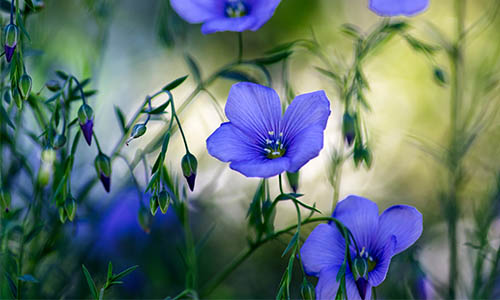
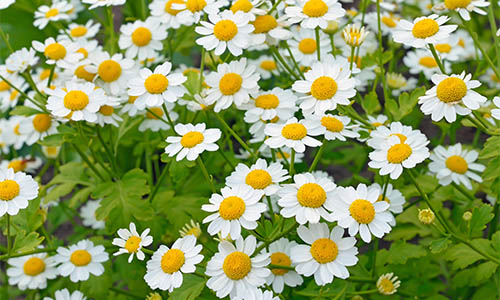

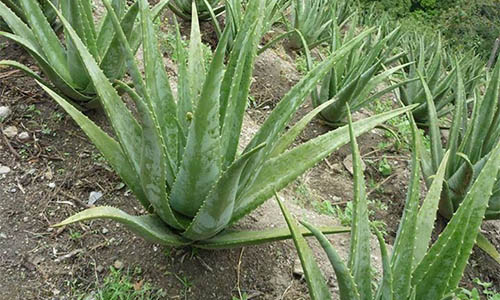
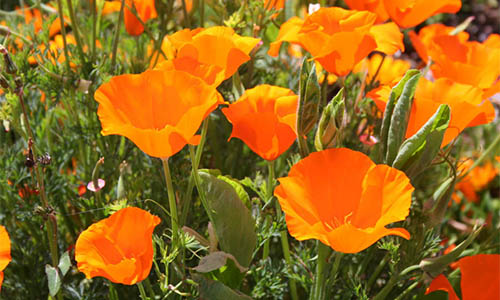
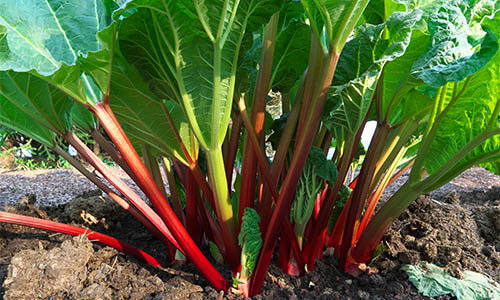
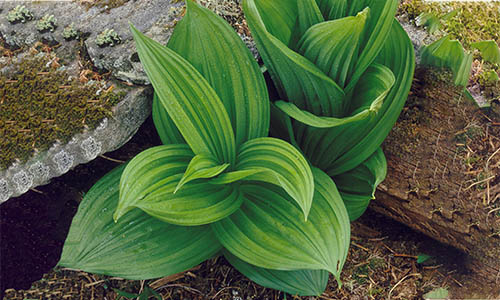
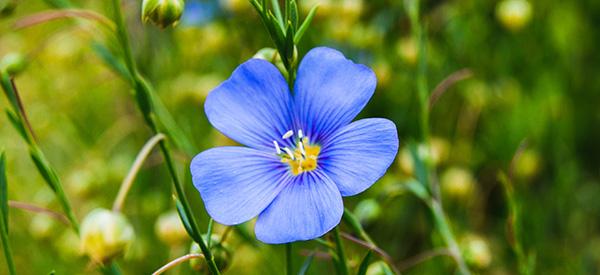

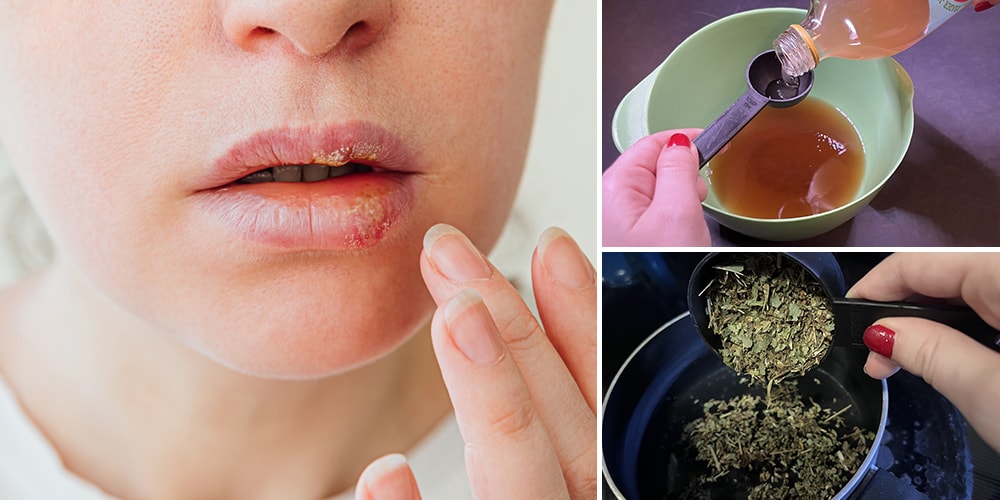
Rhubarb is not in The Lost Book of Herbal Remedies. How would you go about making a cream for cold sores? On the extract, how long will it need to sit in vodka to extract all of the properties desired?
Hi Amanda,
Thank you so much for your comment.
A Rhubarb and Sage cream would be beneficial for cold sores.
Additionally, dried herb tinctures will need to be given a good, vigorous shake every few days. Be sure to top off with more alcohol if you see exposed plant matter. Let your tincture sit for a minimum of 2-6 weeks.
God bless!
The best thing to use to get rid of cold sores is your own ear wax. Works great
[…] 7 Backyard Poisonous Plants That You Can Use as Medicine […]
Hi,
I’m in the UK and struggling to fill in your order form.
I can’t add my postcode.
Bn25zg.
My full address is..
Flat 14 kite place west,
Findon rd,
Brighton
Bn25zg
Amber were you able to order
[…] 7 Backyard Poisonous Plants That You Can Use as Medicine […]
I need this badly
Deer come in my yard and eat rhubarb. Is it not poisonous to them?